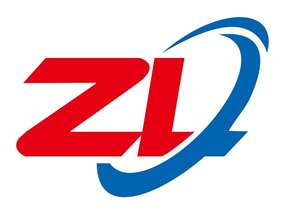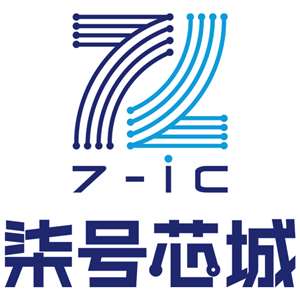W6810
4. TABLE OF CONTENTS
1. GENERAL DESCRIPTION.................................................................................................................. 2
2. FEATURES ......................................................................................................................................... 2
3. BLOCK DIAGRAM .............................................................................................................................. 3
4. TABLE OF CONTENTS ...................................................................................................................... 4
5. PIN CONFIGURATION ....................................................................................................................... 6
6. PIN DESCRIPTION............................................................................................................................. 7
7. FUNCTIONAL DESCRIPTION............................................................................................................ 8
7.1. Transmit Path............................................................................................................................. 8
7.2. Receive Path.............................................................................................................................. 9
7.3. Power Management................................................................................................................. 10
7.3.1. Analog and Digital Supply.............................................................................................. 10
7.3.2. Analog Ground Reference Bypass................................................................................. 10
7.3.3. Analog Ground Reference Voltage Output .................................................................... 10
7.4. PCM Interface.......................................................................................................................... 10
7.4.1. Long Frame Sync........................................................................................................... 11
7.4.2. Short Frame Sync .......................................................................................................... 11
7.4.3. GCI Interface.................................................................................................................. 11
7.4.4. IDL Interface................................................................................................................... 12
7.4.5. System Timing................................................................................................................ 12
8. TIMING DIAGRAMS.......................................................................................................................... 13
9. ABSOLUTE MAXIMUM RATINGS.................................................................................................... 20
9.1. Absolute Maximum Ratings..................................................................................................... 20
9.2. Operating Conditions............................................................................................................... 20
10. ELECTRICAL CHARACTERISTICS............................................................................................... 21
10.1. General Parameters .............................................................................................................. 21
10.2. Analog Signal Level and Gain Parameters............................................................................ 22
10.3. Analog Distortion and Noise Parameters .............................................................................. 23
10.4. Analog Input and Output Amplifier Parameters..................................................................... 24
10.5. Digital I/O ............................................................................................................................... 26
10.5.1. µ-Law Encode Decode Characteristics........................................................................ 26
10.5.2. A-Law Encode Decode Characteristics ....................................................................... 27
10.5.3. PCM Codes for Zero and Full Scale ............................................................................ 28
10.5.4. PCM Codes for 0dBm0 Output .................................................................................... 28
11. TYPICAL APPLICATION CIRCUIT................................................................................................. 29
12. PACKAGE SPECIFICATION .......................................................................................................... 31
- 4 -









![]()
![]()

![]()


![]()
![]()

